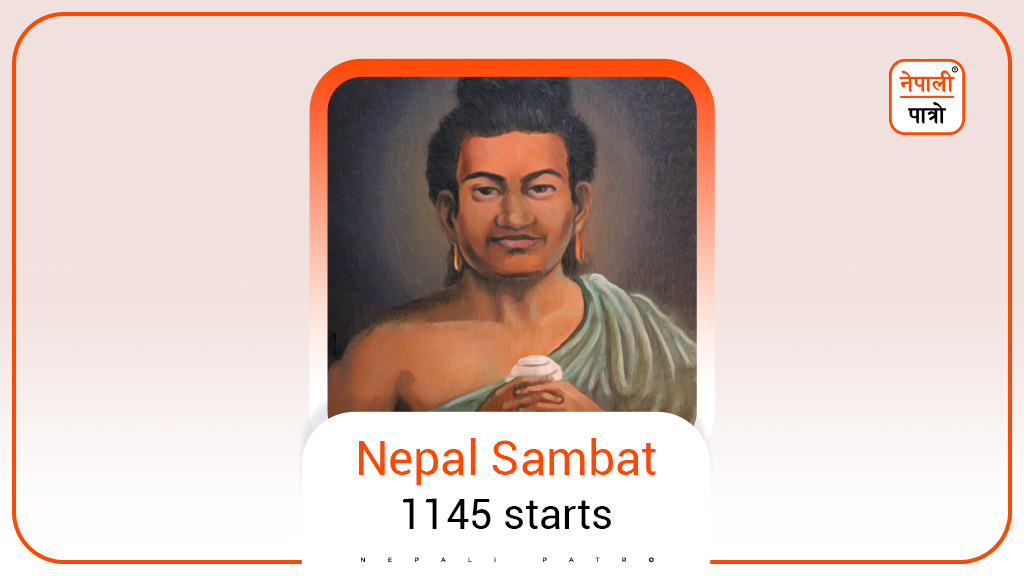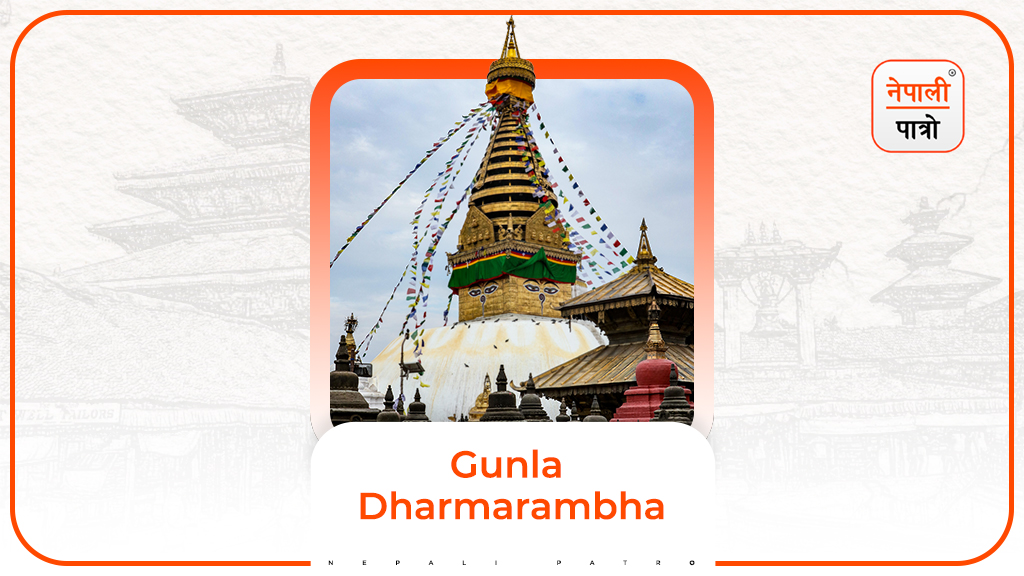
Sithi Nakha: Religious and Environmental aspects.
Sithi Nakha, Nepal bhasa: “Tachhala” of its calendar, i.e. the eighth month of the year, and according to the Hindu lunar calendar is a special festival in the month of Jestha. It falls on the Jestha Shukla Pakchya date of this month. This festival, which falls during the sixth month of June, according to the Eastern Gregorian calendar, is a fun festival celebrated by the old habitants, Newars of Kathmandu valley as well as other castes. The Newars of the Kathmandu valley are an indigenous group and, according to archeological finds, they have been a highly developed community since the beginning of the 6th century. Among the major festivals celebrated during this month, Sithi Nakha is a festival dedicated to Kumar Kartikeya, one of the two sons of the Hindu deity Shiva and Parvati.
Dev Kumar Kartikeya is usually portrayed as a young and powerful warrior holding a spear and sitting on a peacock. Monsoon season can be seen to have a special relationship with Kumar Kartikeya. Looking closely, it can be seen that the Sithi Nakha festival has a deep and important meaning. The mandap of Lord Kumar Kartikeya is also found to be carved in Pikhalakhu (outside the house). Where worship is also performed every day.
In the minds of Nepalese, even though Kumar Kartikeya is a child, he is powerful and has an angry nature. Therefore, if he is not treated well, he can cause great damage to the year-round paddy. This is one of the reasons why it is believed that this festival celebration might have started.
Although historians do not yet know the exact date as to when this tradition began, but, experts say this festival may be linked to the urbanization process in the Kathmandu Valley. Due to the lack of proper and in-depth study of archeology, and the practice of superficial study, historical materials related to this festival are rarely found. It is believed that this festival, also known as Kumar Shashthi, dates back to the Licchavi period between 400 and 750 BC.
If we study around the cities like Kathmandu, Lalitpur and Bhaktapur, etc. within the valley, we can see that the natural water resources in all of these places are far away from human settlements. Therefore, stone spouts have been constructed to bring water closer to the settlement. Similarly, within these water facilities, complex systems like ‘Raj Kulo’ were introduced which are now already missing.
The kings of the Licchavi period built the main system of water distribution. Accordingly, there are enough man-made ponds in Newar cities. Each community has its own ponds, stone fountains, and wells. The ponds may have been built for emergency use as fire for example.
Apart from the religious significance of Sithi Nakha, the environmental aspect can also be seen as it has been the custom to clean water sources like wells, spouts, and ponds on this day. Stable or stagnant water sources are a haven for mosquitoes. There is always the fear of stagnant water spreading waterborne diseases like typhoid, cholera, and diarrhea, etc. Problems such as congestion in urban areas, unorganized waste management systems, and open defecation may have given rise to severe epidemics and pandemics during ancient times. And, with the aim of alleviating the suffering of all these problems, the state, and the community may have started Sithi Nakha under the scheme.
On the day of Sithi Nakha, Newari dishes like “wo”, i.e. lentil bara made up of four different lentil types and chatamari (pan-fried bread made from rice flour) are eaten as a special dish. Earlier during the day, while the male members are preparing the cleaning materials, the females soak the lentils (Split Black Gram, Split Green Gram, Split Red Lentil, and Small Pea) overnight. Men work today to keep the nearby water source clean and tidy. On the other hand, women use the soaked lentils to make delicious dishes known as Bara and Chatamari, using rice flour and meat, etc. The dish made in this way is consumed together as “Bhwe”. Eggs with minced meat are cooked on top of Chatamari to make it more palatable. If this includes cheese and meat in a modern way, chatamari also serves the taste of Italian pizza in the Newar community.
The festival also gives the family a chance to enjoy Newari “Bhwe” with traditional liquids such as jad/chyang (like rice beer) and aila (licor). After the meal, yogurt is consumed as a dessert with a mixture of sugar, radish, and carrot with a little amount of rice flour.
Like all other Nepali festivals, this festival also carries its own significance. This festival, which is celebrated by cleaning the wells and stone-spouts etc. around the house, can be celebrated by everyone. The major need of the hour is for everyone to understand the scientific and cultural significance of these festivals and to protect and promote them as much as possible. Best wishes of Sithi Nakha to the entire Newar community as well as to every Nepalese.



